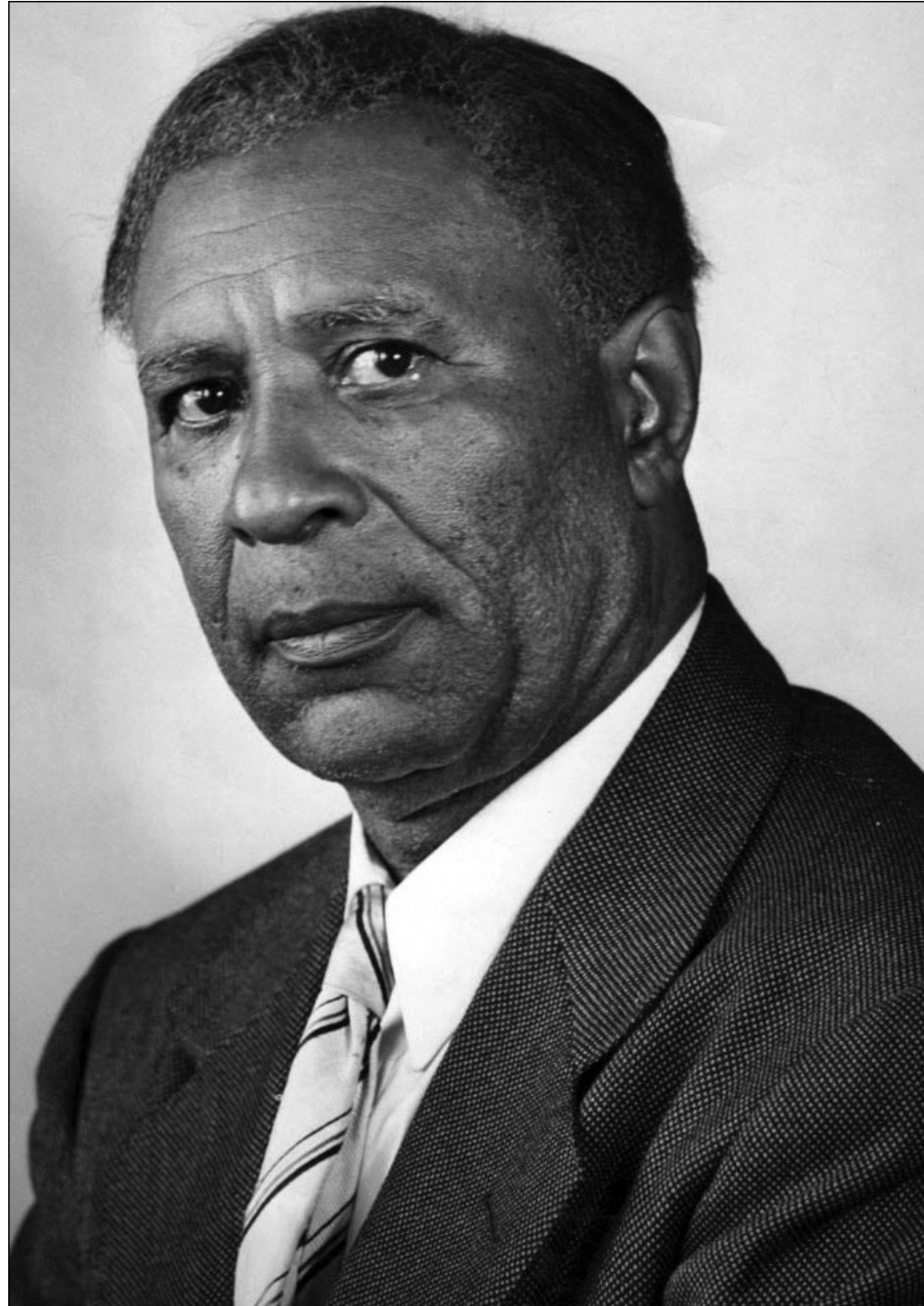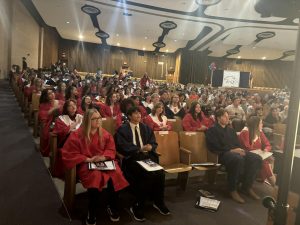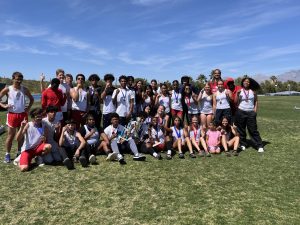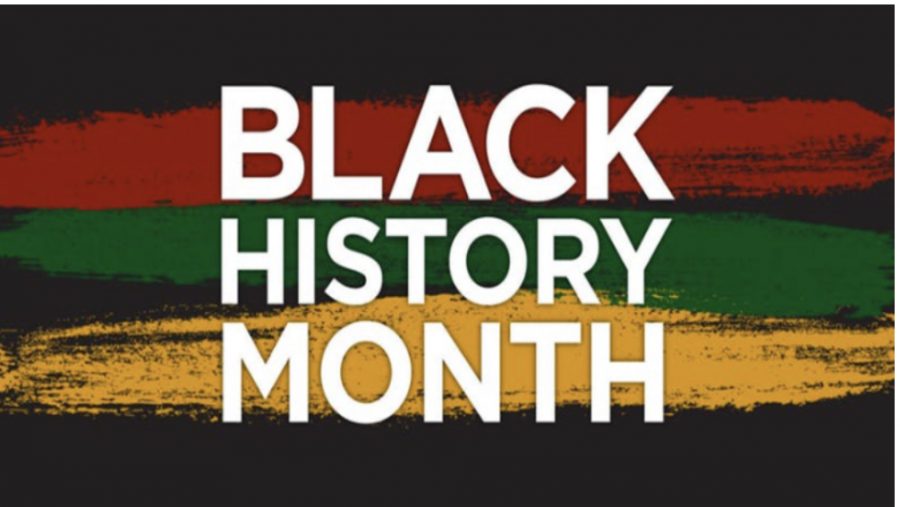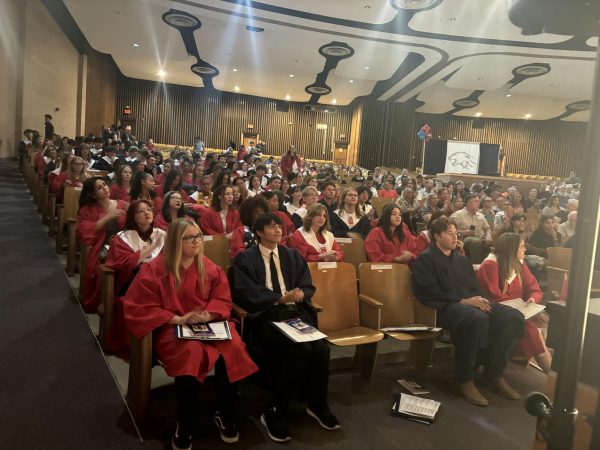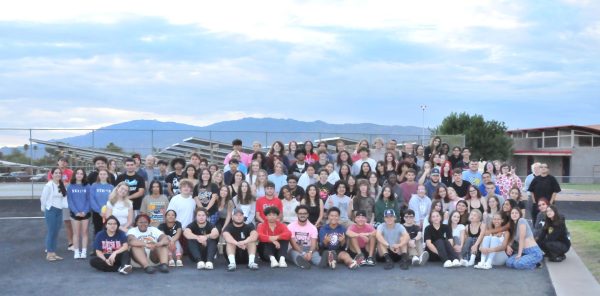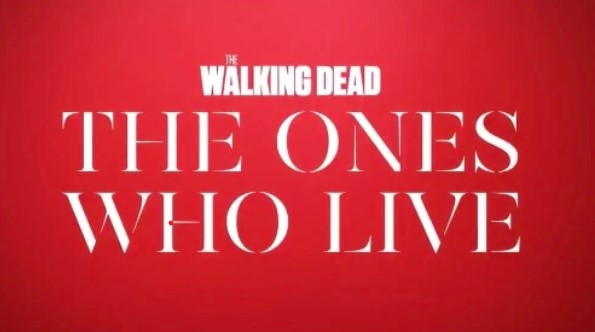In Celebration of Black History Month: Figures You May Never Have Heard Of
Alex Herman, Reporter
February 19, 2021
Before Rosa Parks, there was Claudette Colvin. At the time, 15-year-old Claudette was sitting on a totally filled bus in Montgomery, Alabama when the driver asked her to give up her seat so that a white women could sit, but Collette refused. She was not only roughly yanked off her bus by two officers but was also arrested. After her arrest, she was shortly bailed out and went on to become an activist. This very own incident happened just nine months before Rosa Parks did the very same thing. As most women were scared and quiet back then, Claudette was the first voice of women to really change the law and speak up.
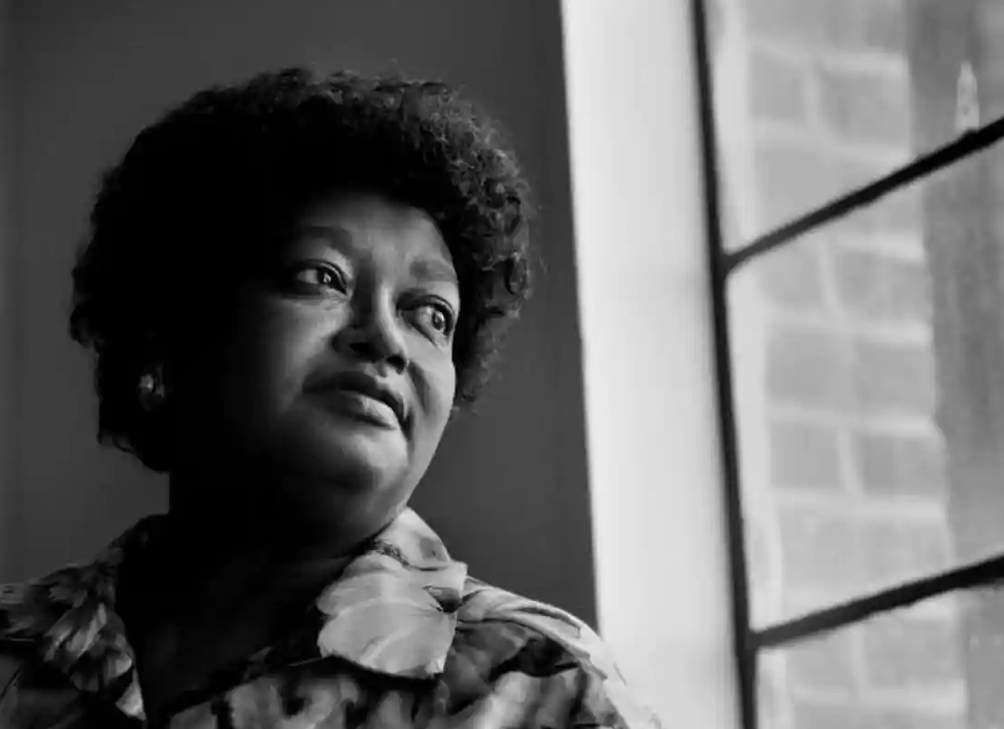
In 1939, Jane Bolin became the nation’s first black woman judge and the first black woman to graduate and earn her law degree from Yale Law School. She was a woman that broke down MANY racial and segregation barriers during her life. She would go on to serve on New York’s Family Court for FOUR decades. She had many accomplishments throughout her career like working to stop probation officers from getting assignments based on the color of their skin to working with Eleanor Roosevelt to create a program that would intervene to stop young boys from committing crimes.
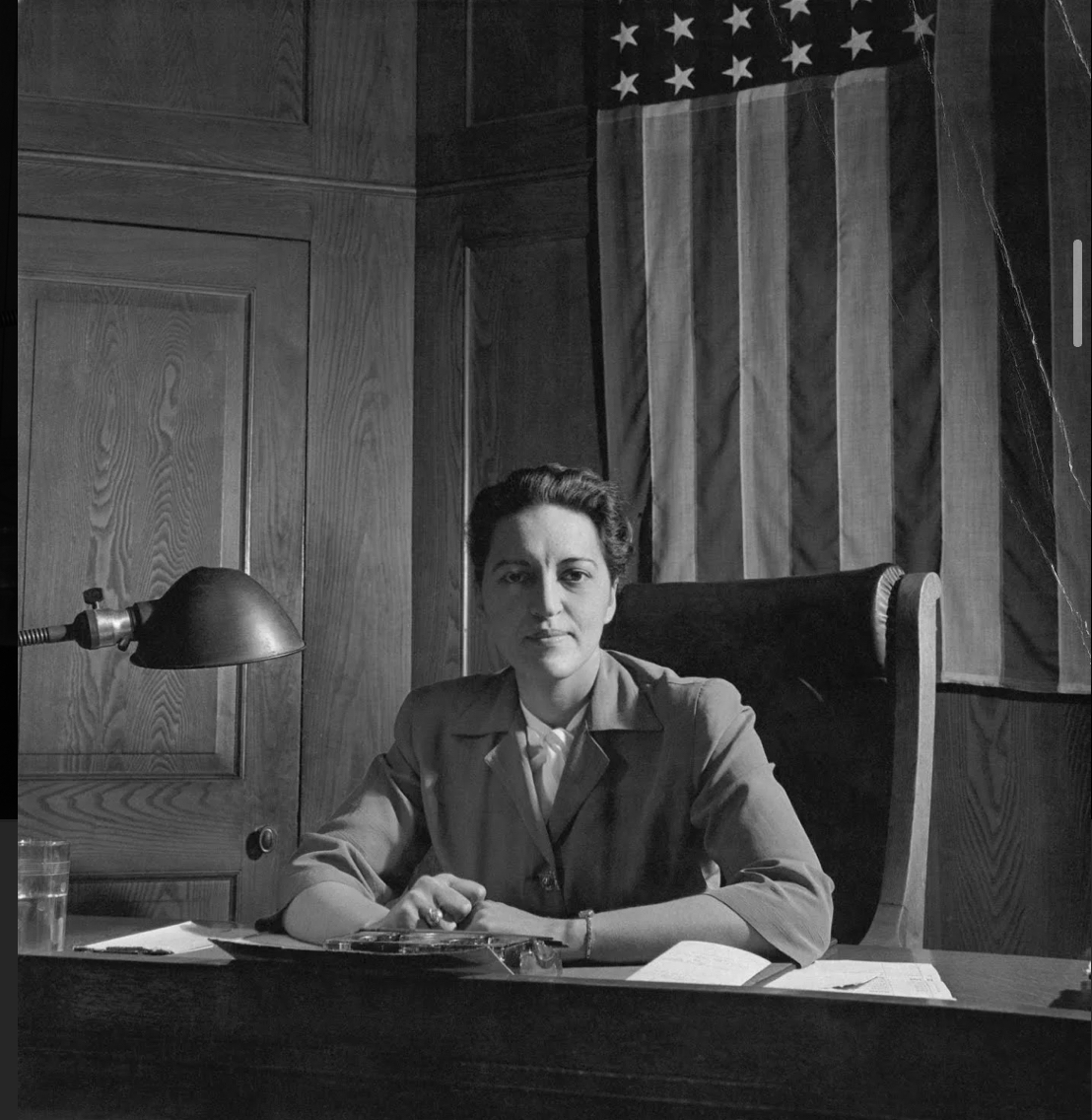
This woman was described as, “recovered from history.” While spending most of her life enslaved, Phillis Wheatley was the first African American and the second woman to publish a book of poems all accomplished while being a slave. Born in West Africa, she was sold into slavery at the age of seven or eight and was transported to North America. She was then enslaved by the Wheatley family of Boston. Shortly after being enslaved, she learned to read and write. She went on to publish her first poem at around age 13 and later went on to publish her first and only book of verse, “Poems on Various Subjects, Religious and Moral.” Having a troubled and very challenging (to say the least) life, Phillis still took on her love and passion for writing and made some outstanding accomplishments.
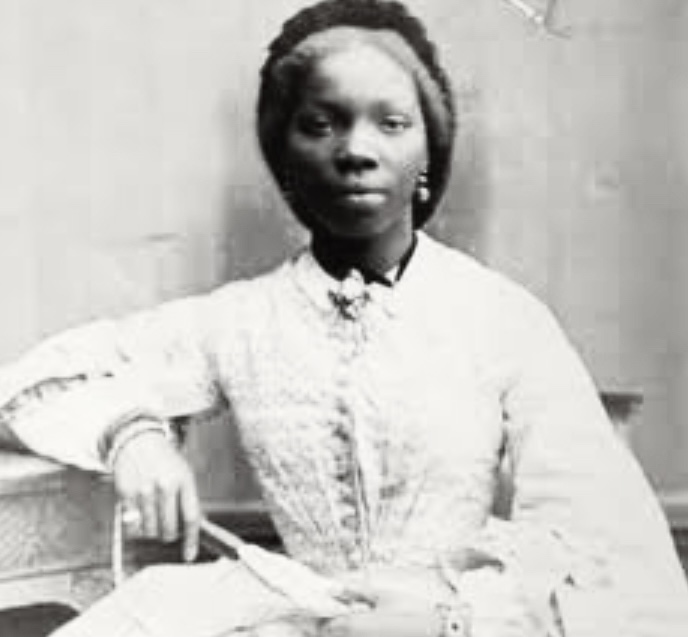
“The monumental love story.” This inter-racial couple went on to change the course of American history. In 1958, married couple Richard Loving and Mildred Jeter were forcfully taken out of their bed and arrested by Virginia police after violating the Racial Integrity Act of 1924, which FORBADE inter-racial marriage. Although they were legally married in Washington D.C, the state of Virginia was one of more than 20 states that made inter-racial marriage a crime. Their case eventually went to the Supreme Court. The judges, however, ruled in favor of them. This ruling would become known as “historic” and even led to the overturning of similar statutes in dozens of states and ultimately marked the END of segregation laws in America. For the Lovings, this ruling was simply the freedom to go home and to continue on with their lives, but only this time loving without the fear.
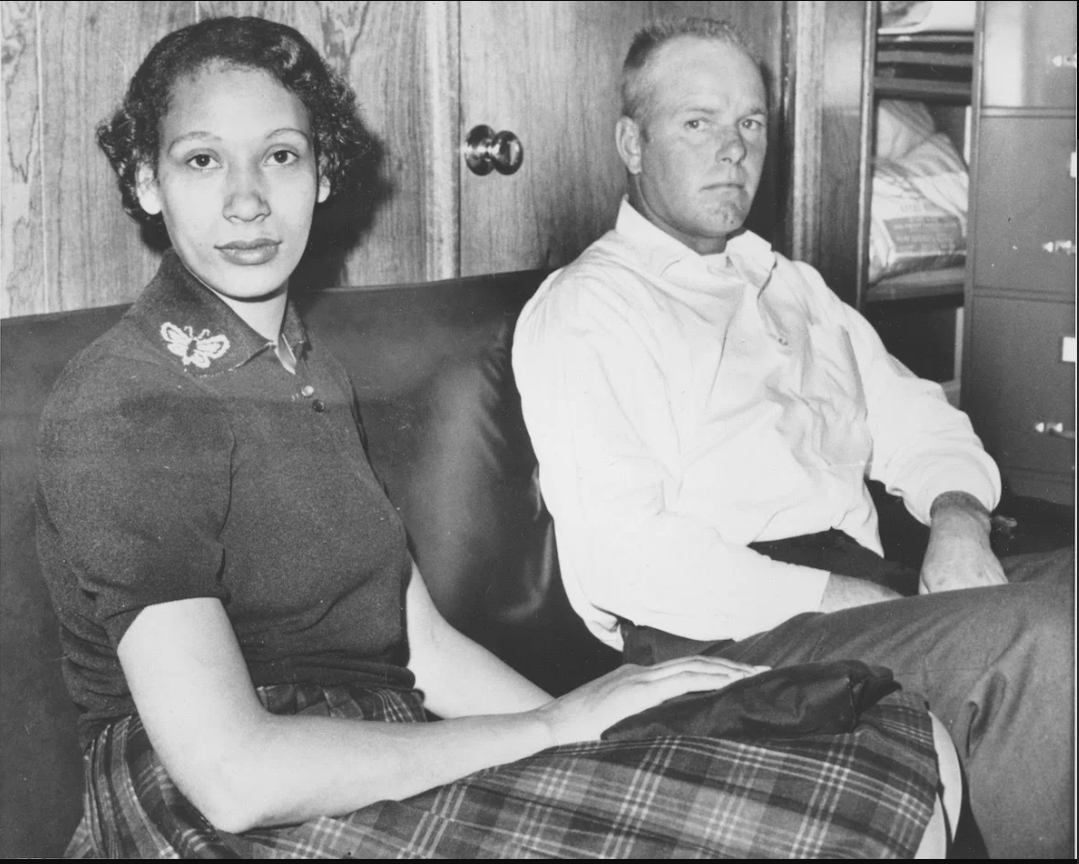
Garrett Morgan, someone I would describe as a literal “life saver.” Garrett would go on to save lives by inventing his early version of the gas mask and his new form of the traffic signal. From living in Paris to living in Ohio, Garrett dedicated his early years to finding work and being inspired. With “being inspired” came his invention a “safety hood.” This invention would make pollution air more breathable. It would also later go on to be used in World War I to protect soldiers from poision gas. Garrett used his safety hood to reach trapped men and rescue several survivors in tunnels. Not only did he invent this, he also invented a traffic signal in 1923. During this time, pedestrians, cars, and bicyclers all had to share the road. It was pretty dangerous, so Garrett’s traffic signal was the first to feature three commands that controlled traffic more effectively and would go on to save lives!
